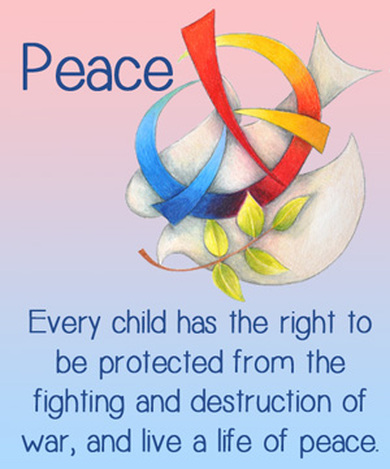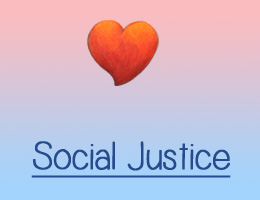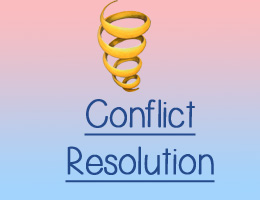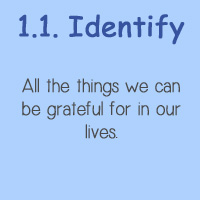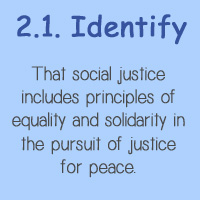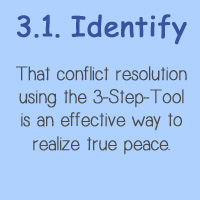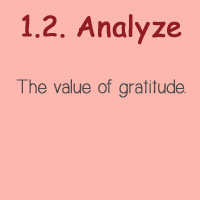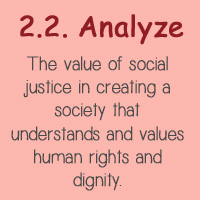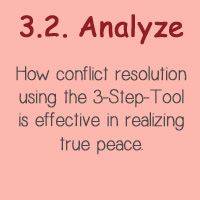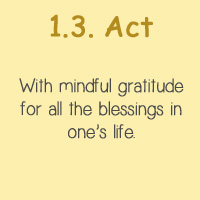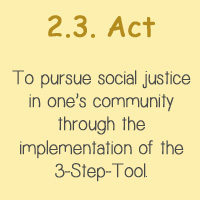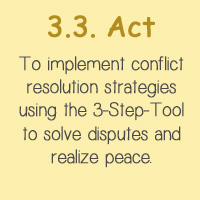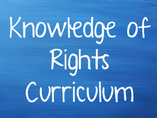Conflict Resolution Social Justice Mindfulness
Peace Sub-Unit Focus
"Every child has the right to live in peace; every child has the responsibility to be a peace builder." (Retrieved from Equitas, 2011)
Convention Articles that Relate to this Right
Article 3
1. In all actions concerning children, whether undertaken by public or private social welfare institutions, courts of law, administrative authorities or legislative bodies, the best interests of the child shall be a primary consideration.
2. States Parties undertake to ensure the child such protection and care as is necessary for his or her well-being, taking into account the rights and duties of his or her parents, legal guardians, or other individuals legally responsible for him or her, and, to this end, shall take all appropriate legislative and administrative measures.
3. States Parties shall ensure that the institutions, services and facilities responsible for the care or protection of children shall conform with the standards established by competent authorities, particularly in the areas of safety, health, in the number and suitability of their staff, as well as competent supervision.
Article 6
1. States Parties recognize that every child has the inherent right to life.
2. States Parties shall ensure to the maximum extent possible the survival and development of the child.
Article 38
1. States Parties undertake to respect and to ensure respect for rules of international humanitarian law applicable to them in armed conflicts which are relevant to the child.
2. States Parties shall take all feasible measures to ensure that persons who have not attained the age of fifteen years do not take a direct part in hostilities.
3. States Parties shall refrain from recruiting any person who has not attained the age of fifteen years into their armed forces. In recruiting among those persons who have attained the age of fifteen years but who have not attained the age of eighteen years, States Parties shall endeavour to give priority to those who are oldest.
4. In accordance with their obligations under international humanitarian law to protect the civilian population in armed conflicts, States Parties shall take all feasible measures to ensure protection and care of children who are affected by an armed conflict.
1. In all actions concerning children, whether undertaken by public or private social welfare institutions, courts of law, administrative authorities or legislative bodies, the best interests of the child shall be a primary consideration.
2. States Parties undertake to ensure the child such protection and care as is necessary for his or her well-being, taking into account the rights and duties of his or her parents, legal guardians, or other individuals legally responsible for him or her, and, to this end, shall take all appropriate legislative and administrative measures.
3. States Parties shall ensure that the institutions, services and facilities responsible for the care or protection of children shall conform with the standards established by competent authorities, particularly in the areas of safety, health, in the number and suitability of their staff, as well as competent supervision.
Article 6
1. States Parties recognize that every child has the inherent right to life.
2. States Parties shall ensure to the maximum extent possible the survival and development of the child.
Article 38
1. States Parties undertake to respect and to ensure respect for rules of international humanitarian law applicable to them in armed conflicts which are relevant to the child.
2. States Parties shall take all feasible measures to ensure that persons who have not attained the age of fifteen years do not take a direct part in hostilities.
3. States Parties shall refrain from recruiting any person who has not attained the age of fifteen years into their armed forces. In recruiting among those persons who have attained the age of fifteen years but who have not attained the age of eighteen years, States Parties shall endeavour to give priority to those who are oldest.
4. In accordance with their obligations under international humanitarian law to protect the civilian population in armed conflicts, States Parties shall take all feasible measures to ensure protection and care of children who are affected by an armed conflict.
John Hunter: Teaching with the World Peace Game
Unit Resources and References
- 6 Elements of Social Justice Education - Children's Literature annotated list for the elementary classroom.
- Art Educators - Teaching Ideas of Social Injustice Using Children's Literature by Sarah Ryder.
- British Columbia Ministry of Education - Teaching for Diversity and Social Justice Throughout the K-12 Curriculum: Making Space.
- Equitas - Educate. Empower. Change. - Advancing the equality, social justice, and respect for human dignity in Canada and around the world through education.
- Hooker, Karen E. & Fodor, Iris E. (2008). Teaching Mindfulness to Children. Gestalt Review, 12(1): 75-91. Retrieved from: http://www.mindfuleducation.org/mindfulnessforchildren.pdf
- It's Pronounced Metrosexual - A fantastic site on social injustice, sexuality, and gender issues.
- Life Vest Inside - Empowering people to engage in acts of love and kindness
- Lillard, Angeline S. (2011). Mindfulness Practices in Education: Montessori's Approach. Springer Science & Business Media. University of Virginia. Retrieved from http://montessoriguide.org/socialization-in-the-elementary-setting/
- Oyler, Celia. (2011). Preparing teachers of young children to be social justice-oriented educators. Promoting Social Justice for Young Children. Retrieved from: http://www.academia.edu/1168846/Preparing_teachers_of_young_children_to_be_social_justice-oriented_educators
- Planting Seeds: Practicing Mindfulness with Children - the Plum Village Community Collective.
- The World Peace Game: Teaching with the World Game - John Hunter
- Schmidt, Laurel. (2009). Stirring Up Justice. Teaching Social Responsibility. 66(8) 32-37. Retrieved from: http://www.ascd.org/publications/educational-leadership/may09/vol66/num08/Stirring-Up-Justice.aspx

